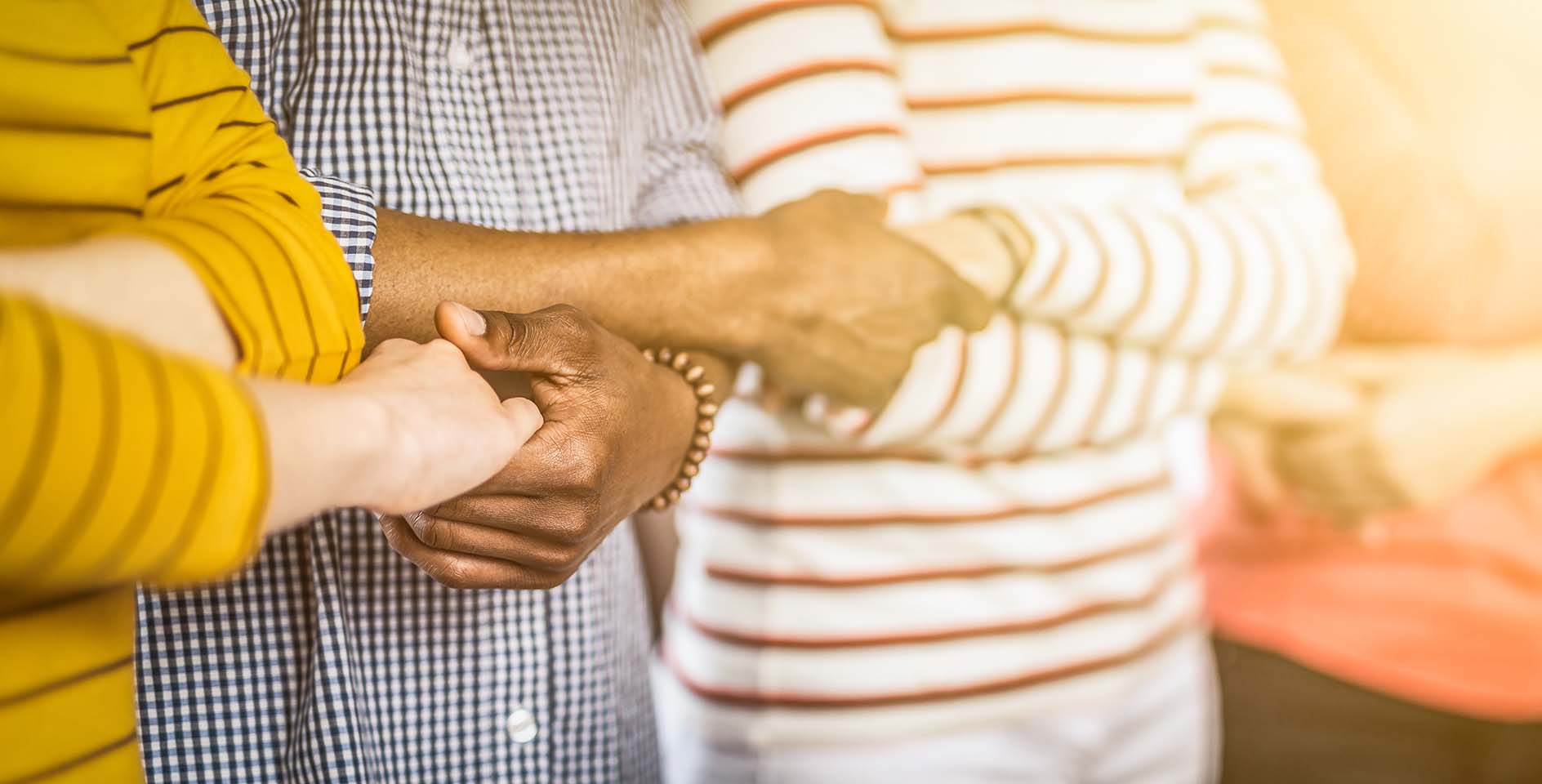In 1977, I was a fourth grader at Edgewood Elementary School in Baltimore, Maryland. My best friend Harry and I collected comic books like many other kids on our block. We would spend hours reading about Spider-Man, the Hulk, Daredevil, the Avengers, and the Fantastic Four. We would also draw and sell pictures of these musclebound Marvel characters in order to buy a little something extra for lunch.
Everything changed for me and Harry once we discovered an African superhero called the Black Panther. Harry and I naturally gravitated toward this commanding character who looked like us. We took special pride and attention in how we drew him, even down to his striped gloves and boots. We both claimed this smooth, mysterious, agile, and intelligent superhero as our personal favorite.
For two black boys growing up in the hood, the Black Panther increased our sense of somebody-ness before we fully comprehended why we even needed that boost in our psychological development. There was something about seeing the Black Panther on the colorful pages of those comic books that caused me to hold up my 9-year-old head a little bit higher.
How two men challenged white normalcy
Growing up in what sociologist Dr. Michael Emerson calls a “racialized society,” no one had to point out to me how race mattered profoundly for differences in life experiences, opportunities, and social relationships. The lines in our communities were drawn, and seldom were they crossed. Racialization was as natural as the air we breathed. It showed up in racially segregated neighborhoods, churches, and schools. Racialization dictated the friends we hung with, the people we dated, and the books we read. The dominant presence and representation of white people in positions of power, textbooks, and the media painted a picture of what was considered “normal” in America.
Sadly, white normalcy still dominates in a country that has the potential of embracing the beauty of racial diversity as one of its touchstones.
In 1966, Stan Lee and Jack Kirby were aware of the times, but they were also ahead of the times when they created the Black Panther. These two Jewish men from New York designed T’Challa to be the wealthiest and one of the smartest figures in the Marvel Universe. This concept of promoting a black, male character to be something other than a gang member, athlete, or a drug addict was revolutionary. Lee and Kirby took a necessary risk to challenge white normalcy, and it paid off socially for us and financially for them.
In addition to my children knowing who they are in Christ, it is imperative for them to know the dignity that comes with being blessed black people made in the image of God.
The Black Panther was a king who had more money than Tony Stark (Iron Man) and was as formidable a fighter as Captain America. He was just as intelligent as Reed Richards and as courageous as the mighty Thor. We cannot forget that in the 1960s, black people were still fighting to gain our rightful place in society. Our real-life heroes were vilified in the mainstream right before our eyes. Therefore, when Marvel first introduced this dark-skinned superhero that single-handedly took on the Fantastic Four in his own technologically advanced African country of Wakanda, the floodgates of hope blew wide open!
Not only did black kids need to see the Black Panther, white kids needed to see him, too. If we are ever going to experience legitimate racial progress in this country, proper representation is crucial to change minds for people inside and outside of any respective culture and ethnic group.
Image is everything
Since the mid–1400s when the transatlantic slave trade began, bestial images of black people were pervasive. Knowing that perception is reality, these racist depictions of blacks reinforced stereotypes that justified maintaining oppressive systems of injustice. After centuries of these godless and unchallenged beliefs, black people in America are still often stigmatized on first glance.
So, this movie came along at just the right time. America needed the Black Panther more than it realized. Carter G. Woodson, the African-American historian who created Black History Week in 1926, once said, “We become what we behold.” This is why image is everything, especially for those of us whose images have been grossly distorted or not included. My three daughters needed to behold how beautiful, black women were portrayed as scientists, royal mothers, and warriors. My son needed to see African men who were full of royalty, purpose, and courage. In addition to my children knowing who they are in Christ, it is imperative for them to know the dignity that comes with being blessed black people made in the image of God.
For many people, the Black Panther is more than a movie. It is a movement that recaptures the value of black personhood and the richness of African culture. This is why my wife and I regally walked into the theater on opening night wearing African robes. We wanted to vicariously experience the honor of being proud descendants of Africa as we watched this amazing display of cinematic artistry.
Keep your head up
As an avid Marvel comic book collector with over 7,000 comics, I made it a priority to acquire all of the original comics in which the Black Panther first appeared. These books are not only valuable on the open market; they are very sentimental to me because they take me back to a time in my childhood when I first began to appreciate my blackness.
If for some reason this is not your experience, and you cannot fully grasp the significance of this movie, I invite you to ponder, converse, and celebrate with the countless people of all ages who left theaters around the world with a renewed sense of confidence, saying, “Wakanda forever!” This 49-year-old black man happily joined along, thankful for the way Black Panther has helped me hold my head a little higher.










